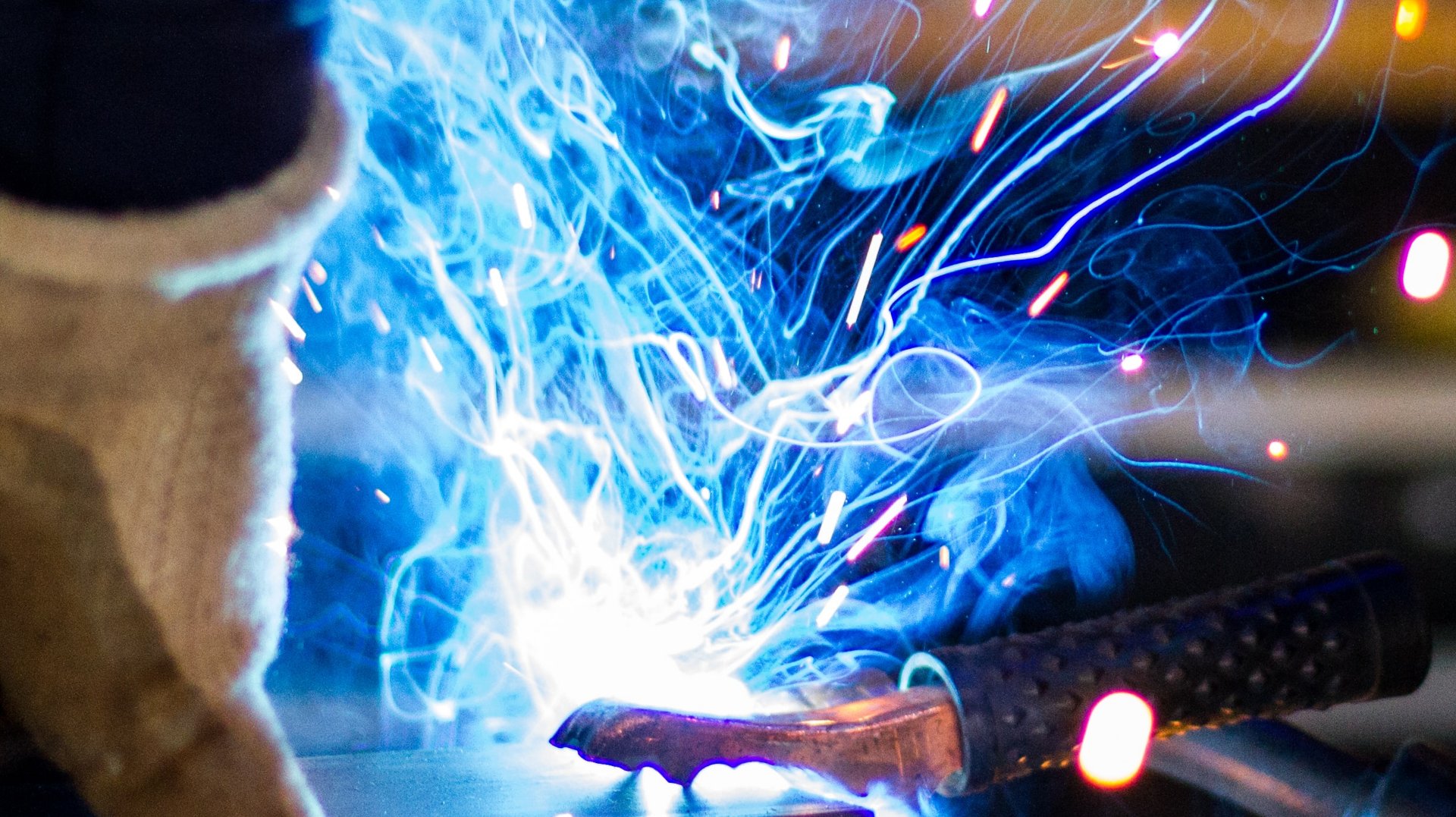
Everything You Need to Know About Underwater Welding
September 6, 2022 - Emily Newton
Revolutionized is reader-supported. When you buy through links on our site, we may earn an affiliate commission. Learn more here.
The process of welding joins metals by heating them to the point where they melt and flow together. There are different types of welding, and underwater welding is one of the most challenging and dangerous. Below, we will discuss everything you need to know about underwater welding.
What Is Underwater Welding?
Welding underwater goes by many names, including underwater fusion welding and hyperbaric welding. Additionally, welders can perform two different types of welds under
- Dry: Dry underwater welding is performed in a chamber filled with pressurized air, which keeps the water out. The welder works inside of the chamber and uses an electrode to create an arc, which melts the metal and forms a weld bead.
- Wet: Wet underwater welding occurs in open water, where the welder is exposed to the elements. Here, the welder uses a consumable electrode to create an arc. The weld bead created by the arc is not as strong as a bead created during the dry process.
Knowing about each of these processes will help you determine which tasks you’d like to perform underwater.
Tasks Welders Perform
Generally, underwater welders perform a variety of tasks, including:
- Underwater cutting: This is the process of using a torch or power tool to cut through metal underwater. This task involves removing debris from a shipwreck or for repairs.
- Inspection and non-destructive testing: Welders must examine underwater structures for defects. This process is important to ensure the safety of underwater construction.
- Fitting and rigging: Fitting and rigging involve attaching pipes and other objects together underwater. This task helps repair underwater pipelines.
- Drafting: This is the process of creating plans and drawings for underwater structures. It ensures underwater structures are built properly and safely.
- Underwater photography: The process of taking pictures underwater is underwater photography. Underwater welders perform this task to document underwater structures or events for future reference.
Now that you understand some of the tasks you’ll perform, it’s time to learn what industries hire people with this unique skillset.
What Industries Rely on Underwater Welding?
The process of underwater welding has numerous applications, so making it crucial for many industries, including:
- Oil and gas companies: These businesses use underwater welders to repair offshore platforms and pipelines.
- Marine salvagers and shipyards: Those looking to salvage sunken ships can use their skills to perform necessary removal processes. Additionally, shipyards require underwater welding to build and repair ships, keeping them up and running.
- Nuclear power plants: Nuclear power plants, which may be an important part of moving to carbon-free energy, may need a team of underwater welders to repair reactors.
- Military: Some military applications include repairing submarines and other underwater vehicles and devices.
- Dam repair companies: These companies need underwater welders to repair cracks in dams.
Does all this sound appealing? Once you find an industry that peaked your interest, it’s time to start applying yourself.
How to Become an Underwater Welder
Now that you’ve taken the time to learn more about this career, you might be interested in making this your career. To become an underwater welder, you must have around two to fives years of experience welding in topside welding — meaning you should obtain certification from the American Welding Society (AWS) for welding above ground.
After building up your skillset and education, you must pass a physical exam at a commercial diving school and get certified in underwater welding. From that point, you can apply for entry-level positions in as an underwater welder to further grow your abilities and climb the proverbial ladder.
What Are the Dangers of Underwater Welding?
There is no denying that underwater welding is a dangerous job, as it exposes welders to a variety of risks, including drowning, electric shock and explosions. In addition, underwater welders risk exposure to hazardous materials, such as lead. This is why it takes extensive time and financial commitment to obtain training and certification.
As an underwater welder, you must ensure you take proper precautions every time you get ready to start a job. These safety measures include:
- Use proper personal protective equipment (PPE), including a diving helmet, a diving suit and accessories.
- Make sure the area around you is clear of debris.
- Remain aware of your surroundings and be prepared to move if necessary.
- Follow all safety procedures when using welding equipment.
A Career Path to Consider
Despite the intense risks, it is essential to numerous industries. If you are considering becoming an underwater welder, ensure you understand all of the potential dangers. Additionally, think about whether you can commit the effort and resources to become certified.
For many individuals who enjoy working with their hands in a unique environment, underwater welding is a rewarding career path. Will you start your career as an underwater welder?
Revolutionized is reader-supported. When you buy through links on our site, we may earn an affiliate commission. Learn more here.
Author
Emily Newton
Emily Newton is a technology and industrial journalist and the Editor in Chief of Revolutionized. She manages the sites publishing schedule, SEO optimization and content strategy. Emily enjoys writing and researching articles about how technology is changing every industry. When she isn't working, Emily enjoys playing video games or curling up with a good book.







i don’t know if you could pay me enough to weld under water. although i would have like to see more on what those guys do get paid. high risk, high reward. anyways. cool article.
While I understand the importance of taking proper safety measures, I’m curious to know if there are any additional precautions that can be taken to mitigate the risks of exposure to hazardous materials like lead.